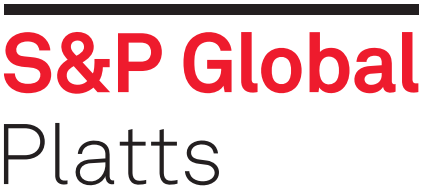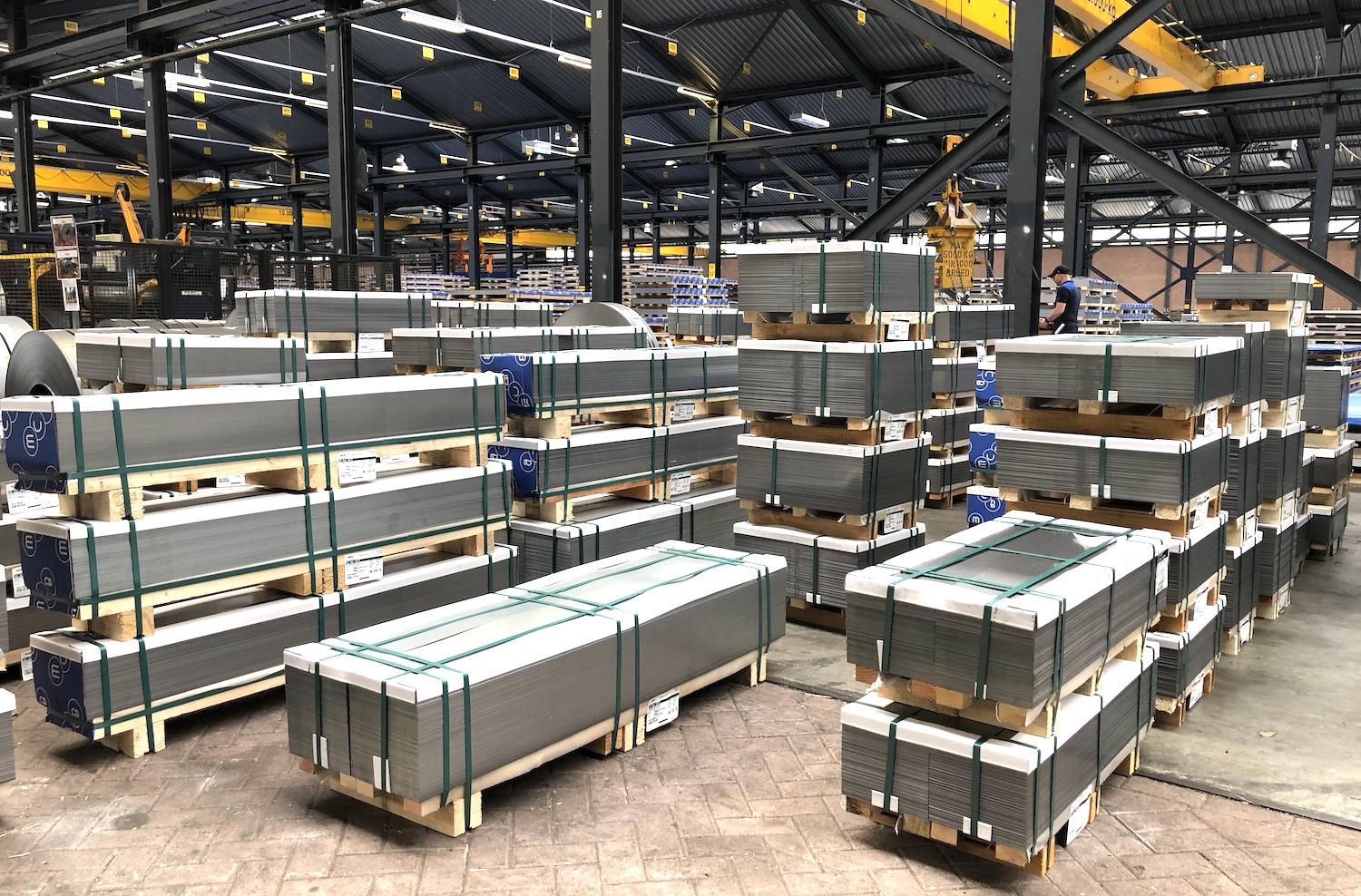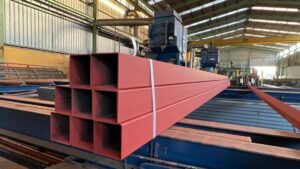Steel orders in the EU are not yet back to pre-pandemic levels, except in the automotive sector, where the rebound has been strong, European Steel Association market analysis director Alessandro Sciamarelli said May 6.
This is despite an industry-driven rebound in orders in Q3 and Q4 2020 and again in Q1 2021, the Eurofer official said.
“Steel consumption [in the EU] is still at low levels in historic terms,” Sciamarelli said in a webinar presentation. “Apparent steel consumption has been falling since early 2019, well before the pandemic, reflecting a negative trend in steel demand, a manufacturing downturn and destocking.”
An expected increase in 11.7% in apparent consumption in EU this year won’t offset the declines of -5.3% in 2019 and -11% in 2020, he said.
Real steel consumption – the use of steel in sectors’ production processes – in the EU dropped by -10.4% in 2020 from 2019 levels due to the impact of the pandemic and is set to rebound by 7.7% in 2021 and gain a further 4% in 2022, Eurofer said in a 2020-21 market outlook report. Q4 2020 consumption volumes were 36.3 million mt.
Construction output is expected to rebound in 2021 (+5%) and in 2022 (+4%), after falls of -4.6% in 2020 and 3.3% in 2019, Eurofer reported.
Automotive output is expected to rebound in 2021 (+15.9%), followed by more moderate growth in 2022 (+4.2%), according to data from Eurofer members. Automotive output fell (-19.8%) over full-year 2020, having fallen in 2019 (-5%), the report said.
Activity in the mechanical engineering sector is expected to rebound in 2021 (+8%) and continue in 2022 (+3.6%). In 2020, the mechanical engineering sector fell (-11.7%), having been stable in 2019 (-0.9%), Eurofer reported.
Imports: Still high market share
Steel imports into the EU from third countries fell last year in tonnage terms in tandem with lower demand, slumping 18% to around 23 million mt after sliding 12% in 2019. However, despite falling demand in Europe, and the use of trade policies, the market share of imports in the EU has not decreased in historical terms, Sciamarelli said. This is particularly so for flat products, which took a 22.3% market share in Q3 2020, while long products took a 9.1% market share.
In part this is because steel production in the EU has never recovered from its 30% drop in 2009, at the time of the global economic crisis, which was followed by a 12.1% drop in 2020, he said.
Conditions for safeguards seen persisting
Eurofer’s director international trade and external relations director, Karl Tachelet, claimed in a presentation that “multiple EU steel antidumping duties didn’t revert the trend of surging steel imports into the EU [in the period] before the EU system of safeguards and US Section 232 was introduced.”
Between 2012 and 2018, EU steel imports more than doubled (+112%) while exports fell 26%, according to Eurofer’s data. Therefore, “the basic conditions for continuation of the safeguards are still there,” Tachelet argued.
The current system of import safeguards and quotas is due to expire June 30. The merits or otherwise of their extension are being investigated by the European Commission, with EU producers generally in favor of their continuation, and consumers generally against.
Current tightness of certain products in the European market — recently propelling prices of products including hot-rolled coil to their highest-ever level — are not the result of the current quota system but rather of “temporary shortages in a supply chain disrupted by pandemic,” Sciamarelli claimed.
Persistent and worsening global steel overcapacity helps make the steel safeguard “a critical factor of stability in a volatile market,” Tachelet said. While according to the OECD, global steel overcapacity was estimated at around 650 million mt in 2020, with about half located in China, there are also “upcoming excess capacity regions” including Iran — where there is “massive” new capacity coming on stream — Indonesia, Vietnam, India, Korea, Brazil, Russia and in Turkey, where there is currently investment in two new blast furnaces, he said.
In comparison, the EU permanently closed 22 million mt -25 million mt of capacity between 2009 and 2019, including 3 million mt in 2019, according to Eurofer.
“We will see more dramatic situations in future,” Tachelet warned.
— Diana Kinch






